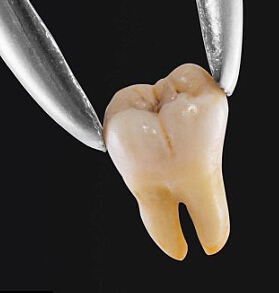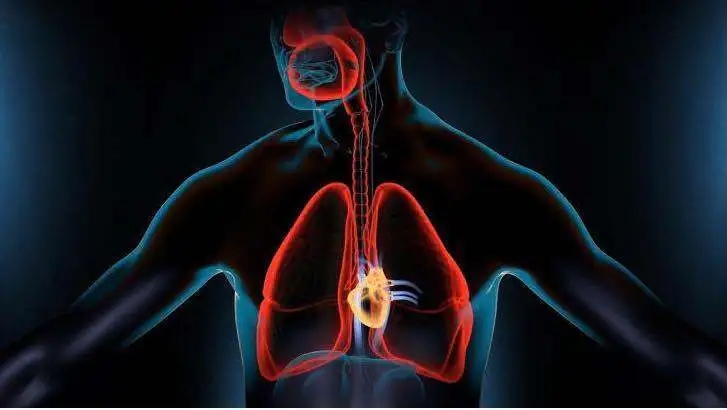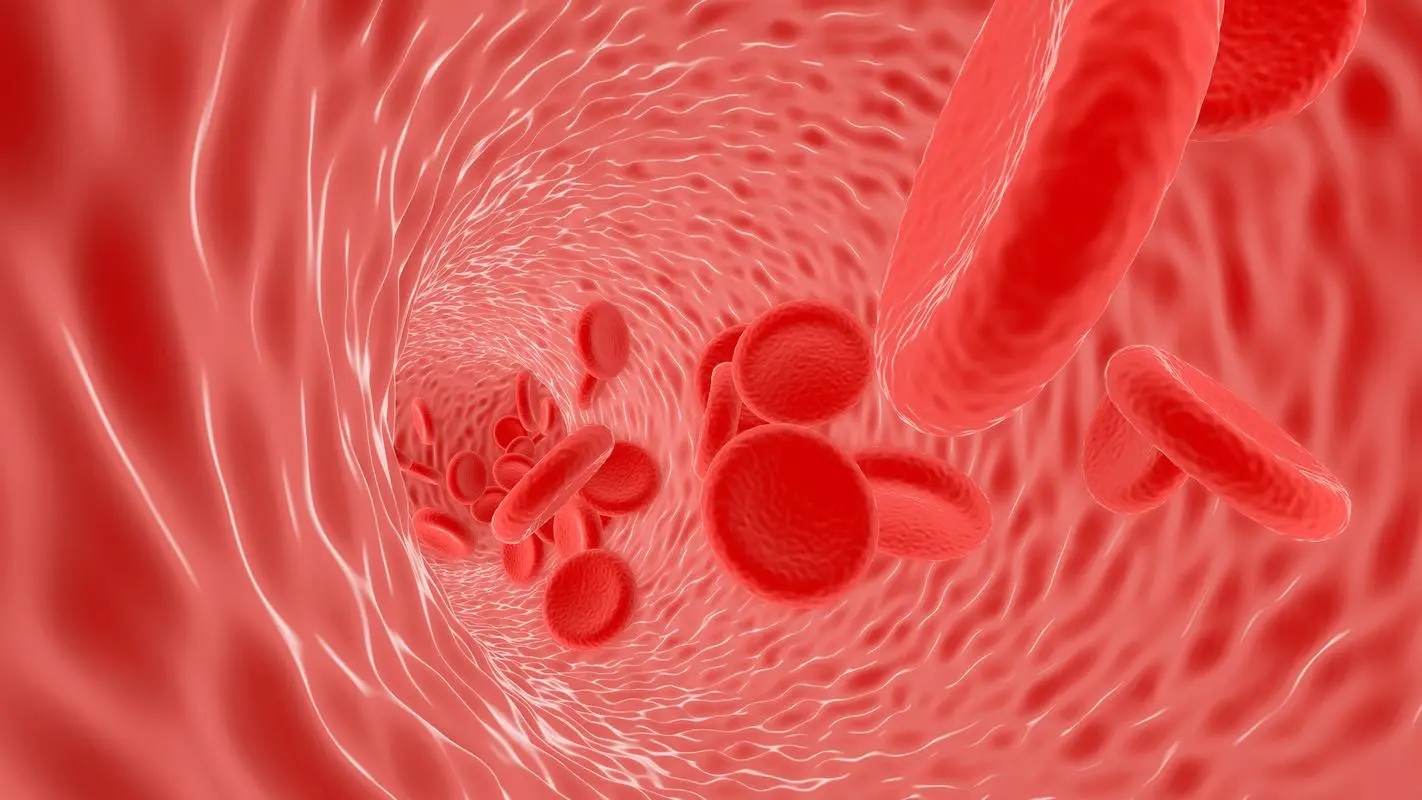从钙凝胶填充可以防止牙齿提取后的并发症。填充注射到插座齿被鼓励新骨生长后立即。这可以防止周围颌骨弱化和缩小了-一个常见的问题时,牙齿已被删除。它可以导致咬合、咀嚼以及它未来的牙科工作更难的问题,如植入物或桥梁,这需要一个良好的骨性基础工作正常。这可能意味着假牙不合适的安全。骨质流失也会导致牙龈线的崩溃,使脸显得窄,凹陷及以上。

目前,恢复骨丢失的唯一方法是手术植骨,通常取自大腿骨,这可能是昂贵的和痛苦的。通常在牙齿被删除,空插座充满血液,慢慢地将在随后的成骨组织天。但往往并不能完全填补空虚和有骨整体亏损在牙齿就会碰到下巴。
从美国的牙科贝勒大学的研究表明,多达百分40的高度,每60骨的宽度在提取分输在前六个月 。
新的凝胶,设计为可注射性骨替代,是由磷酸钙-微小的颗粒,我们的牙齿外层是由同一种矿物。人体的自然生长因子可以渗透到凝胶填充,鼓励组织生长在它周围。六个月后,凝胶会消散,腔应完全填充骨组织。
凝胶正在测试在法国南特大学医院。高达70的患者会填充或没有额外的治疗磨牙去除后的凝胶。在谈到达米安Walmsley,凝胶,在伯明翰大学和英国牙科协会科学顾问,口腔修复学教授说:“这是一个有趣的想法。他们用这种材料来形成一个支架周围新骨生长。骨生长缓慢,而软组织迅速生长。此方法允许腔充满骨而不是软组织。这似乎是保持骨的一个好方法。”
同时,蛋白注射液用于治疗牙龈萎缩。
注射含有大量的人工合成的蛋白质,这被认为是刺激增长的因素,有助于形成我们的牙齿周围的牙龈组织生产。有时手术重新覆盖牙根的牙龈萎缩的一个小的组织移植物暴露。德国研究人员认为蛋白戳可以帮助加快愈合后手术治疗。在给病人局部麻醉,牙医使小切口在后退的牙龈和牙齿根面清洁。移植物放在合适的位置,然后蛋白材料放在根表面,用注射器和伤口缝合。一项涉及40例患者进行治疗与不凝胶是在瑞士的伯尔尼大学。
原文
The new filling made from calcium that stops your face looking old
A gel ‘filling’ made from calcium could prevent complications after having your teeth extracted. The filling is injected into the socket immediately after a tooth is removed to encourage the growth of new bone.This prevents the surrounding jawbone weakening and shrinking away — a common problem when a tooth has been removed.It can lead to problems with biting and chewing as well as making it more difficult for future dental work, such as implants or bridges, which require a good bony foundation to work properly. And it may mean dentures don’t fit as securely.Bone loss can also cause the gum line to collapse, which can make the face appear narrower, sunken and older.Currently, the only way to restore lost bone is a surgical bone graft, typically taken from the thigh bone, which can be expensive as well as painful.Normally after a tooth is removed, the vacant socket fills with blood, which slowly transforms during the following days into bony tissue. But often it does not completely fill the void and there is an overall loss of bone at the point where the tooth would have met the jaw.
Research from the Baylor College of Dentistry in the U.S. suggested that as much as 40 per cent of the height and 60 per cent of the bone’s width around the extraction is lost in the first six months. The new gel, designed as an injectable bone substitute, is made of tiny granules of calcium phosphate — the same mineral that the outer coating of our teeth is made of. The body’s natural growth factors can permeate the gel filling, encouraging tissue to grow around it. After six months, the gel will have dissipated and the cavity should be completely filled with bony tissue.
The gel is being tested in France at Nantes University Hospital. Up to 70 patients will have the gel filling or no extra treatment after the removal of a molar.Commenting on the gel, Damien Walmsley, professor of restorative dentistry at the University of Birmingham and scientific adviser to the British Dental Association, said: ‘It’s an interesting idea. They are using this material to form a scaffold around which the new bone will grow.
‘Bone grows slowly, while soft tissue grows rapidly. This approach allows the cavity to be filled with bone rather than soft tissue. It seems like a good approach to preserving the bone.’
Meanwhile, a protein injection is being used to treat receding gums.
The jab contains a number of synthetic proteins, which are thought to stimulate the production of growth factors that help form our teeth and surrounding gum tissue.
Sometimes surgery is offered to re-cover the tooth root exposed by receding gums with a small tissue graft. German researchers believe the protein jab could help speed up the healing process after surgical treatment.
After giving the patient a local anaesthetic, the dentist makes a small incision in the receding gum and the root surface of the tooth is cleaned.
The graft is put in place then the protein material is put on to the root surface with a syringe and the wound stitched.
A trial involving 40 patients comparing treatment with and without the gel is under way at Switzerland’s University of Bern.



